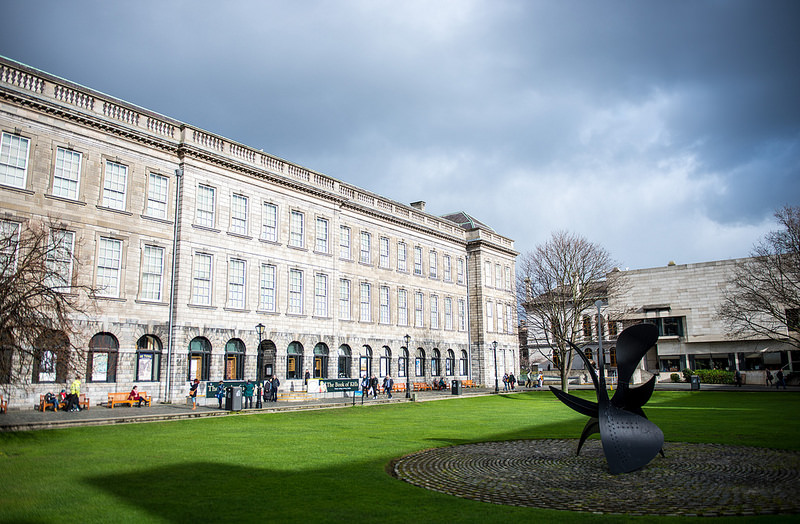On September 13th, the Editorial Board of The University Times warned that Trinity’s lofty ambitions risk glossing over its fundamental failings. In light of the subsequently released 2015 QS and Times Higher Education Rankings – in which the university fell to 78th and 160th in the world, respectively – that discussion can and should be further contextualised.
I wrote last year that university rankings, like those from QS and Times, only have real meaning if you understand exactly what they measure, and if you equally value those things. In the case of QS, exactly 50 per cent of the overall ranking comes from “reputation”, i.e. a subjective survey of academics and employers. Trinity fares well in this regard, and it scores even better for its proportionate number of international faculty and students. The significant drag, though, comes from its slack in two key areas: faculty/student ratio, and citations per faculty.
Trinity excels at letting people think that it’s great.
At first glance, little from the above may stand out as problematic. After all, most universities have distinct strengths and weaknesses. But if you think about what those numbers are actually saying, it becomes quite a bit more worrying.
Trinity excels at letting people think that it’s great. We know this because employers and outside academics think that it’s great. So too, apparently, do the many international students and staff members who choose to come here.
But how do we fare on measures of current success rather than inherited legacy? The answer, in many cases, seems to be “not very well”. What other conclusion can be drawn when the 78th best university in the world struggles to field a functioning geography department. Or when that same university must reduce 3rd and 4th year module choices because of staffing restrictions. These are the real-world narratives that underlie a ballooning faculty–student ratio. They directly diminish the quality of life for both students and staff.
Similarly, the university lacks a careers advisor for both engineering and computer science students. With these being the two most rapidly expanding – and lucrative – career fields in the 21st century, it seems baffling that Trinity would not do its utmost to promote them. This problem in particular has been noted by the Careers Advisory Service for almost two years, but still awaits proper resource allocation.
It remains a positive sign that we can criticise where improvements are being made, rather than why they are not.
As serious as these and other problems are, it remains a positive sign that we can criticise where improvements are being made, rather than why they are not. Trinity seems to be making strides in cleaning up its convoluted bureaucracy – specifically in areas like Academic Registry, IT Services, and just getting student timetables out at a reasonable time.
Likewise, the Trinity ID mobile app reflects promising, if untested, potential. After its proposal and development by students, College’s positive reception and competent handling of the app’s integration into existing services brought to mind words like “impressive” and “entirely uncharacteristic”.
There are likely a number of reasons, some deserved and some not, that explain why Trinity has better adapted to the disruption facing Irish higher education. Its funding is proportionately more shielded from the variance of government funding – think of money brought in from tourism, renting city centre properties, etc. Its reputation, meanwhile, is more historically entrenched and internationally recognised than that of many other Irish universities.
At a more strategic level, though, Trinity has shown a crucial willingness to think big and think differently, to recognise that things need not be done a certain way just because they always have been. As an academic community, both administration and students, we still have many frustrations to overcome and hard decisions to make. By understanding how we succeed and where we fail, we can more precisely direct our efforts to drive improvement.







